The jungle look: artist Alex Hartley conjures a dystopian modernist folly
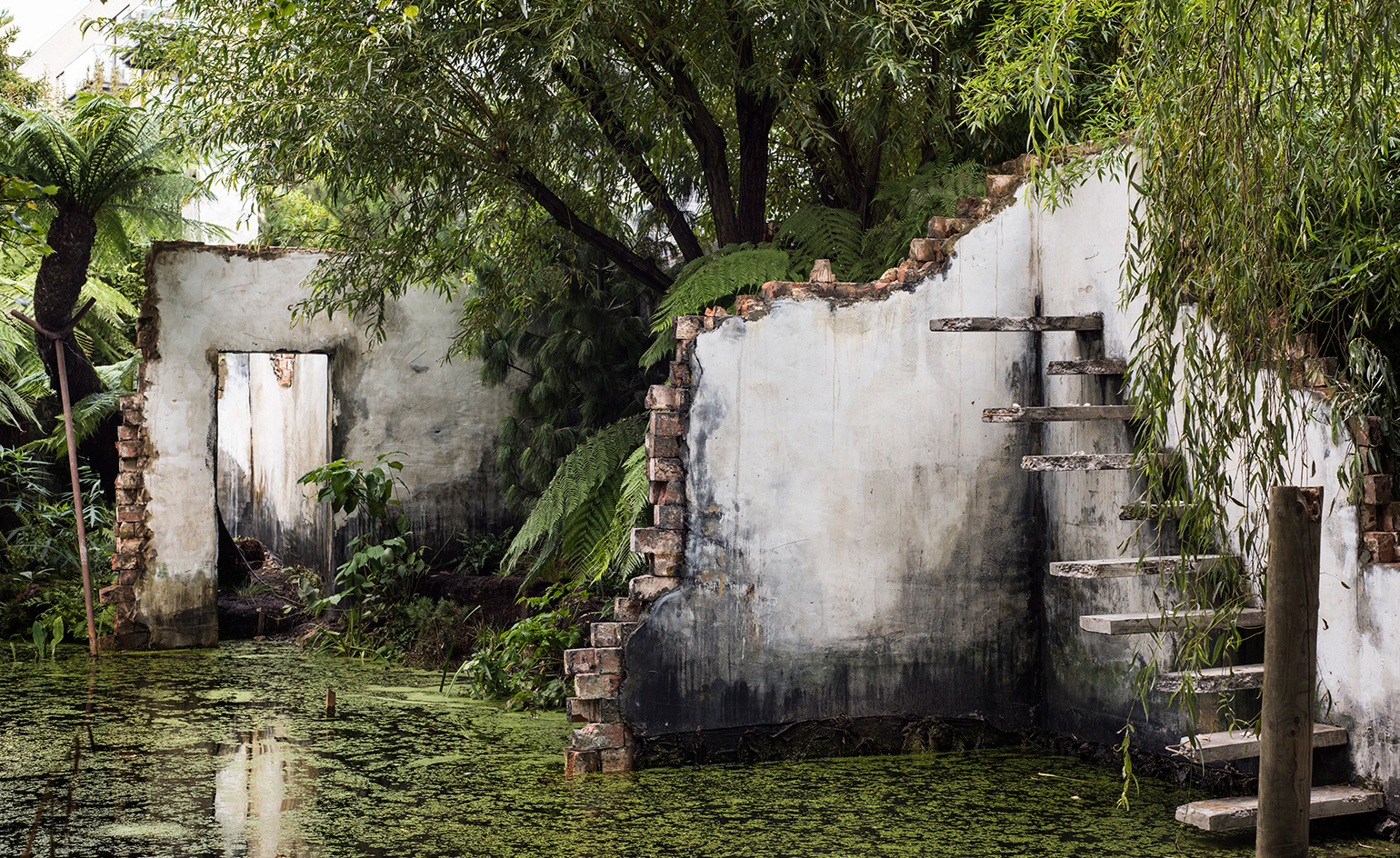
If we can count on anyone to wow us with spectacle it's British artist Alex Hartley. From the Arctic to outer space, it seems he has created everything, everywhere; testing the parameters of what gallerists, art and his body can do. For Hypothermia (2012) a three-hour looped single-channel video records Hartley's core body temperature dropping below 35℃. His Nowhereland project (also 2012) paraded an iceberg around London for the 2012 Cultural Olympiad, before smashing it into pieces and sending bits into orbit. In 2003, Hartley scrambled over Los Angeles architecture for his LA Climbs book, risking life and limb to describe aerial routes of the city.
With the rest of his oeuvre in mind, creating a Bauhaus-inspired ruin outside Victoria Miro's central London gallery is just another day in the office for Hartley. But for visitors, there's no denying the new installation's drama. Hartley firmly believes that there's beauty in decay – after exploring this collapsed modernist folly we're converts to the cause of decadence.
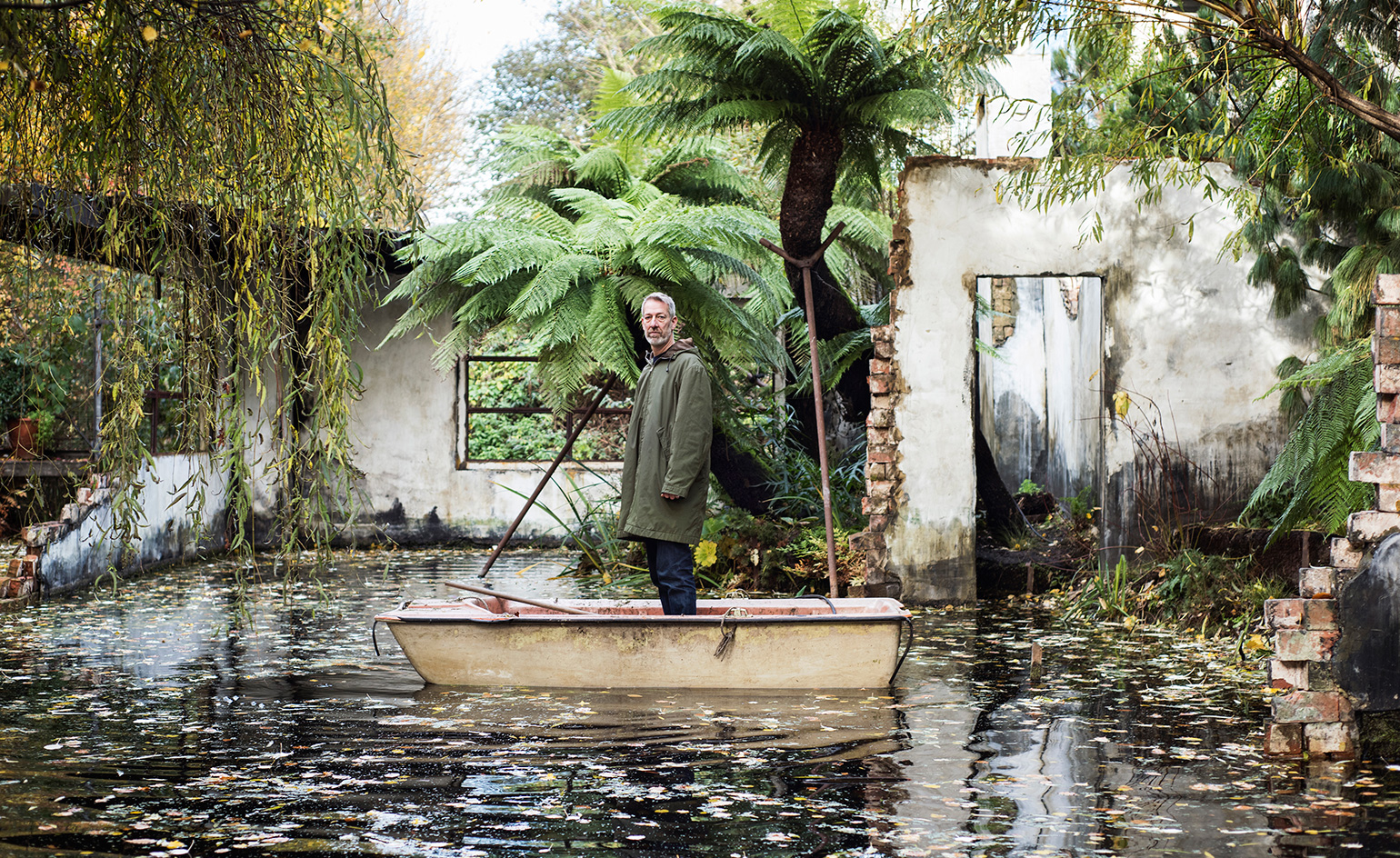
Alex Hartley floating on his installation ’A Gentle Collapsing II’, 2016, installed at Victoria Miro.
'The way the art market works now, either you have no exhibition at all and go straight to sale, or the exhibition has to be something truly special,' Hartley says of the reasons behind his foray into follies. 'The most established galleries are being challenged by artists to create more and more ambitious installations and artistic experiences.' This builds a sense of intrigue around the artist – which will ultimately boost sales anyway. At least that's the thinking.
Victoria Miro, which has represented Hartley since 2003, celebrates this ambitious vision, and was more than up for this challenge. 'The gallery team helped to develop the garden,' Hartley explains. 'It's a very restricted site, and previously there were weeping willows. Now it has gone full Thunderbirds, like Tracy Island.'
The structure bears all the symbols of an abandoned modernist masterpiece – whitewashed walls, wide, functional windows and an asymmetric footprint – or as Hartley modestly phrases it, 'a horizontal roof and a few cantilevers here and there'. When looking at it, (and look is all you can do – wading through the swamped garden is sensibly prohibited), it's easy to feel transported to another world; or at least, a forgotten part of this one. There's a Daniel Arsham-esque post-apocalyptic feel to the installation, as if we're in the future, looking back on a terrible tragedy that has befallen today. Indeed, Hartley cites JG Ballard's dystopian novels as key inspirations. 'I wanted the installation to have a timeless quality – It could be a modernist ruin, or a Victorian folly.'
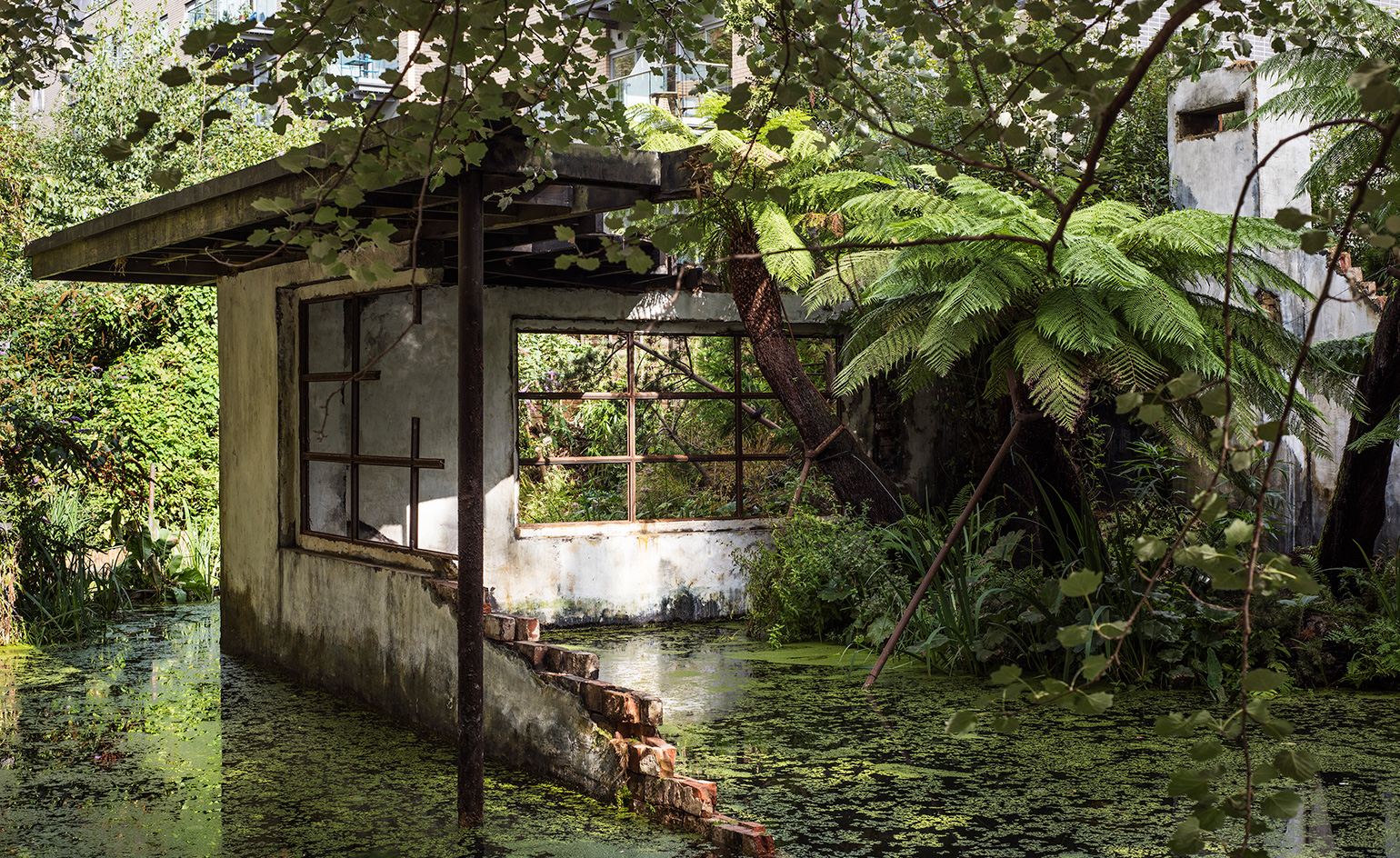
’A Gentle Collapsing’, 2016.
Timeless it may feel, but there's a restricted future for this work. Hartley is keen to for A Gentle Collapsing II to remain site-specific, which rules out the chance of it being bought (and therefore salvaged) on the spot. However, with more ruins planned, it would be possible for Hartley to recreate the installation elsewhere, upon request. Either way, this particular version will have to be dismantled come 16 December, to give Victoria Miro its garden back.
The rest of the exhibition is more traditional in layout, and the works will last longer than their month-long display period. Photographs taken as if 'kneeling in the undergrowth' record hidden jungle scenes. The images – neatly framed, sparsely positioned – only serve to exaggerate the exotic wildness of the outside tableau, with their clean, almost sterile minimalism. Hartley describes this multifaceted, immersive exhibition as 'the most theatrical' he has ever made, which is saying something, coming from the man who sent fragments of an iceberg into orbit.
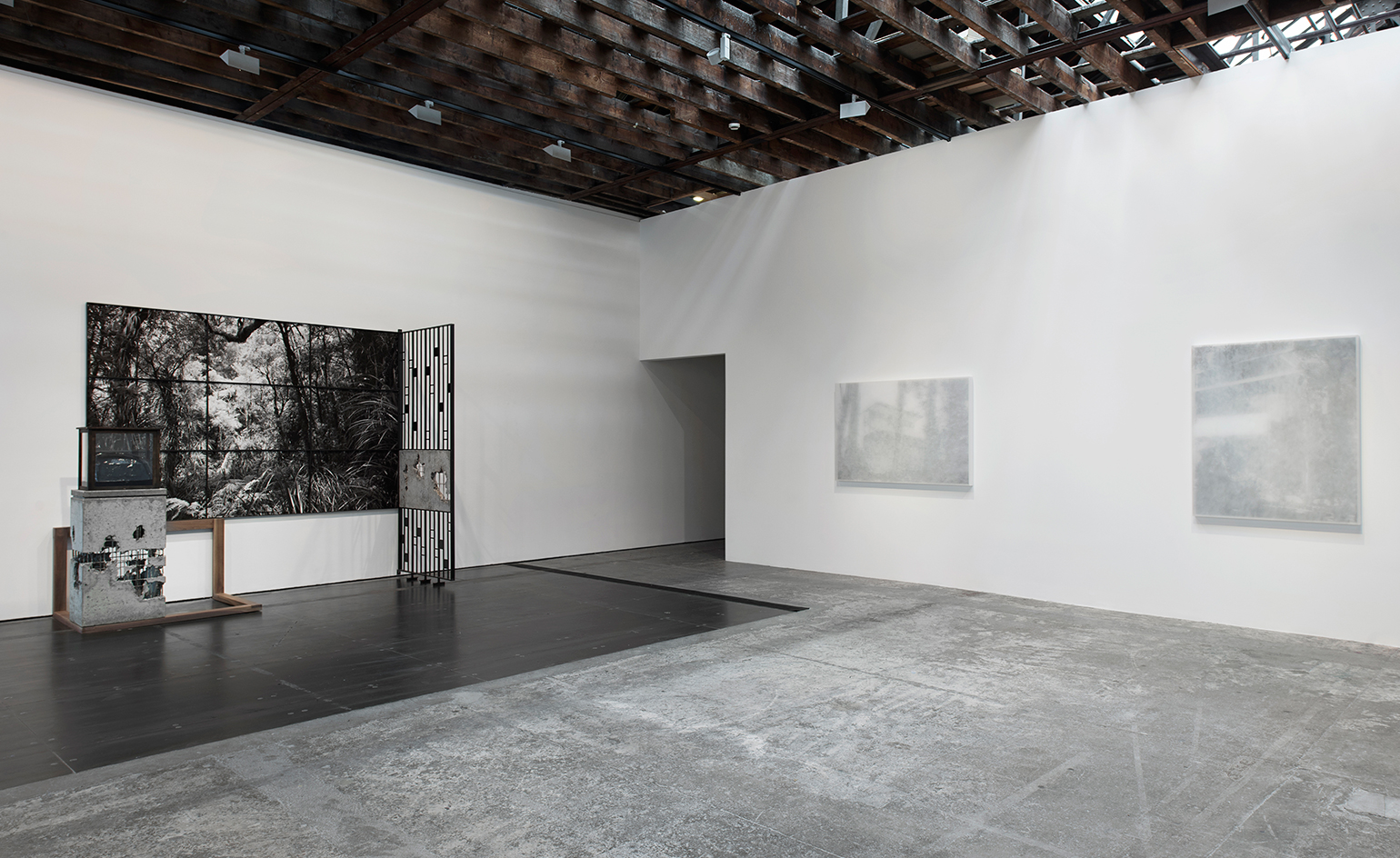
Inside the London gallery, Hartley's exhibition takes a more traditional turn
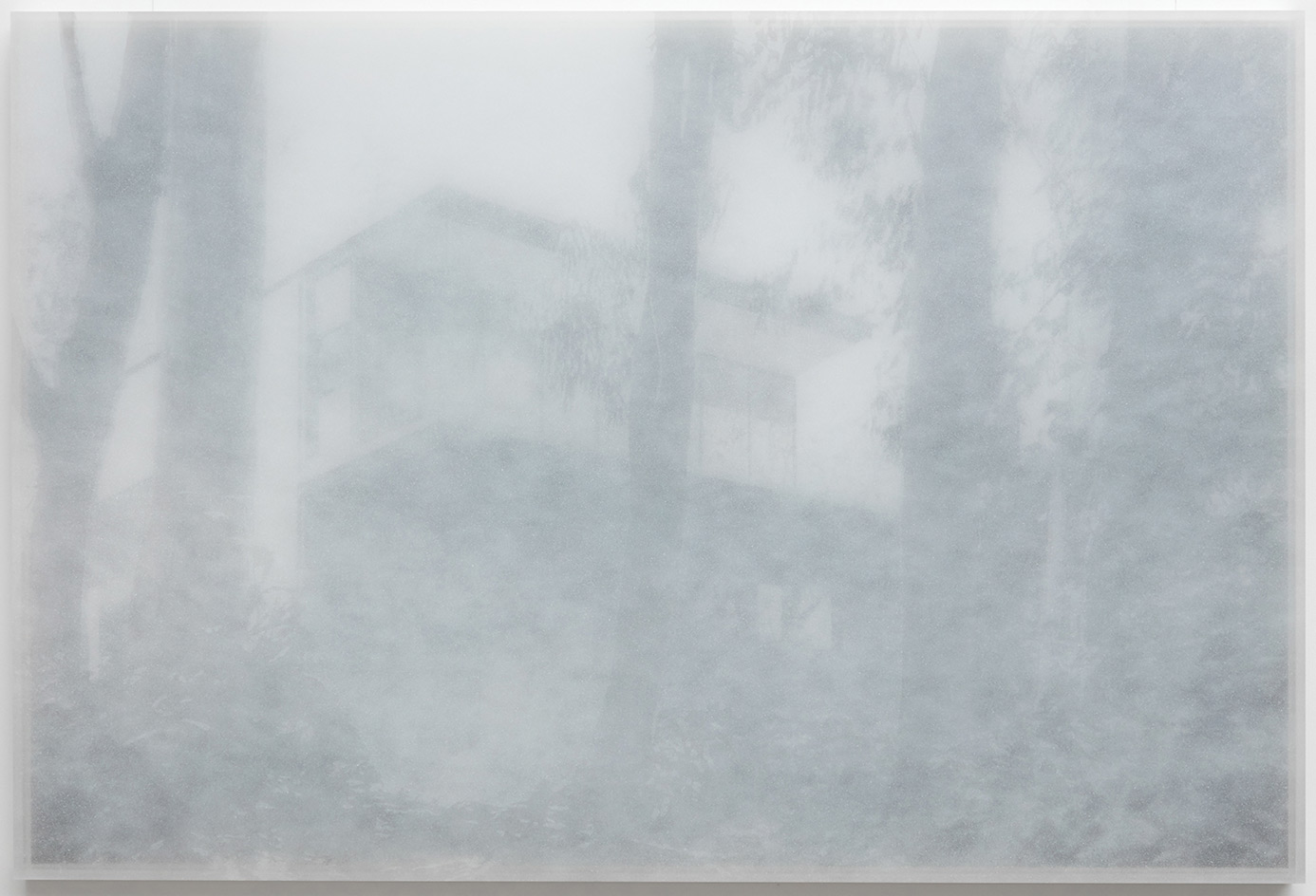
Yew South East Elevation, 2016
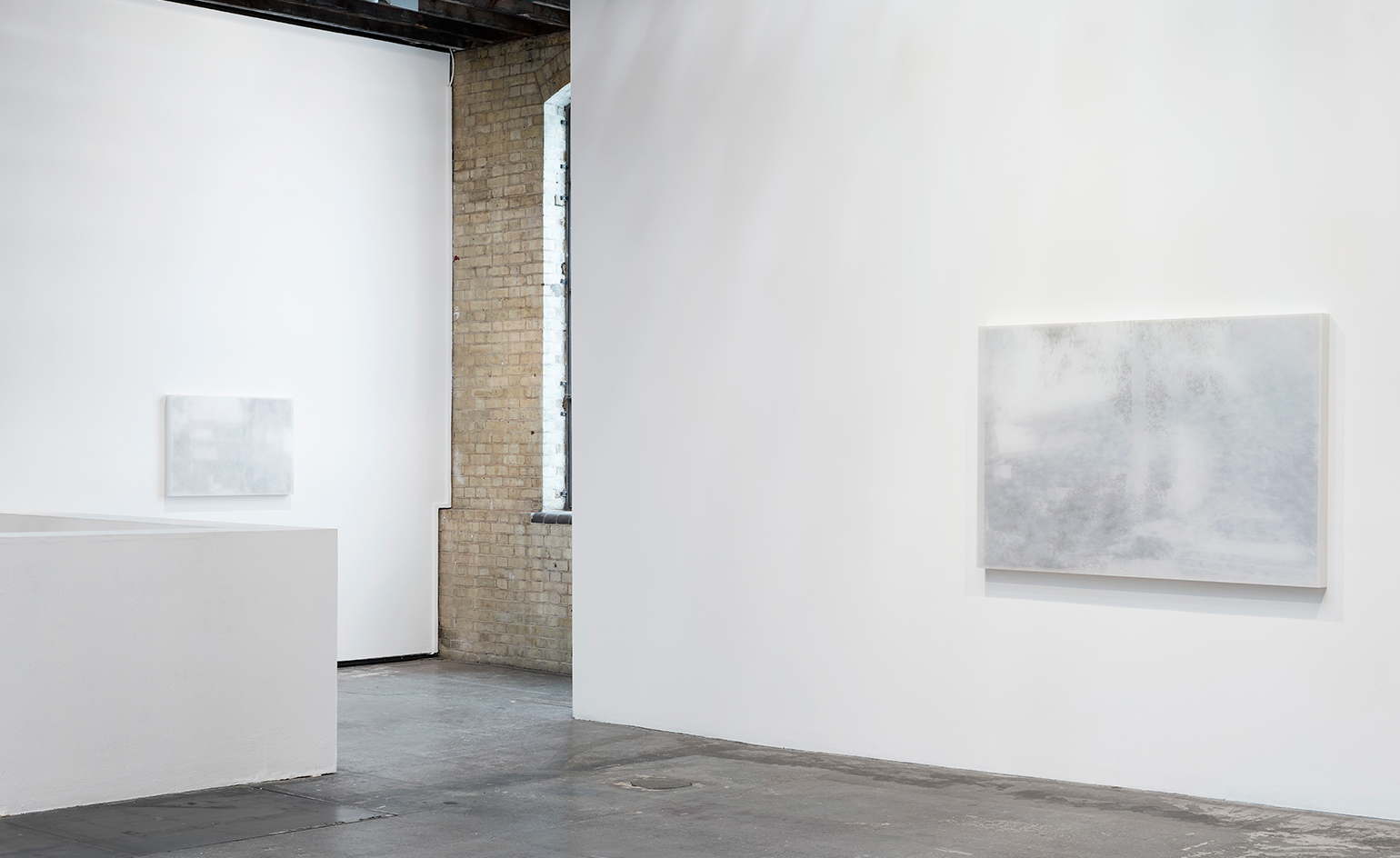
Neatly framed and sparsely positioned, Hartley's photographs record hidden jungle scenes
INFORMATION
’Alex Hartley: After You Left’ is on view until 16 December. For more information, visit the Victoria Miro website
ADDRESS
Victoria Miro
16 Wharf Road
London N1 7RW
Receive our daily digest of inspiration, escapism and design stories from around the world direct to your inbox.
Elly Parsons is the Digital Editor of Wallpaper*, where she oversees Wallpaper.com and its social platforms. She has been with the brand since 2015 in various roles, spending time as digital writer – specialising in art, technology and contemporary culture – and as deputy digital editor. She was shortlisted for a PPA Award in 2017, has written extensively for many publications, and has contributed to three books. She is a guest lecturer in digital journalism at Goldsmiths University, London, where she also holds a masters degree in creative writing. Now, her main areas of expertise include content strategy, audience engagement, and social media.
-
 A day in Ahmedabad – tour the Indian city’s captivating architecture
A day in Ahmedabad – tour the Indian city’s captivating architectureIndia’s Ahmedabad has a thriving architecture scene and a rich legacy; architect, writer and photographer Nipun Prabhakar shares his tips for the perfect tour
-
 You can now stay in one of Geoffrey Bawa’s most iconic urban designs
You can now stay in one of Geoffrey Bawa’s most iconic urban designsOnly true Bawa fans know about this intimate building, and it’s just opened as Colombo’s latest boutique hotel
-
 Pentagram’s identity for eVTOL brand Vertical Aerospace gives its future added lift
Pentagram’s identity for eVTOL brand Vertical Aerospace gives its future added liftAs Vertical Aerospace reveals Valo, a new air taxi for a faster, zero-emission future, the brand has turned to Pentagram to help shape its image for future customers
-
 Out of office: The Wallpaper* editors’ picks of the week
Out of office: The Wallpaper* editors’ picks of the weekFar from slowing down for the festive season, the Wallpaper* team is in full swing, hopping from events to openings this week. Sometimes work can feel like play – and we also had time for some festive cocktails and cinematic releases
-
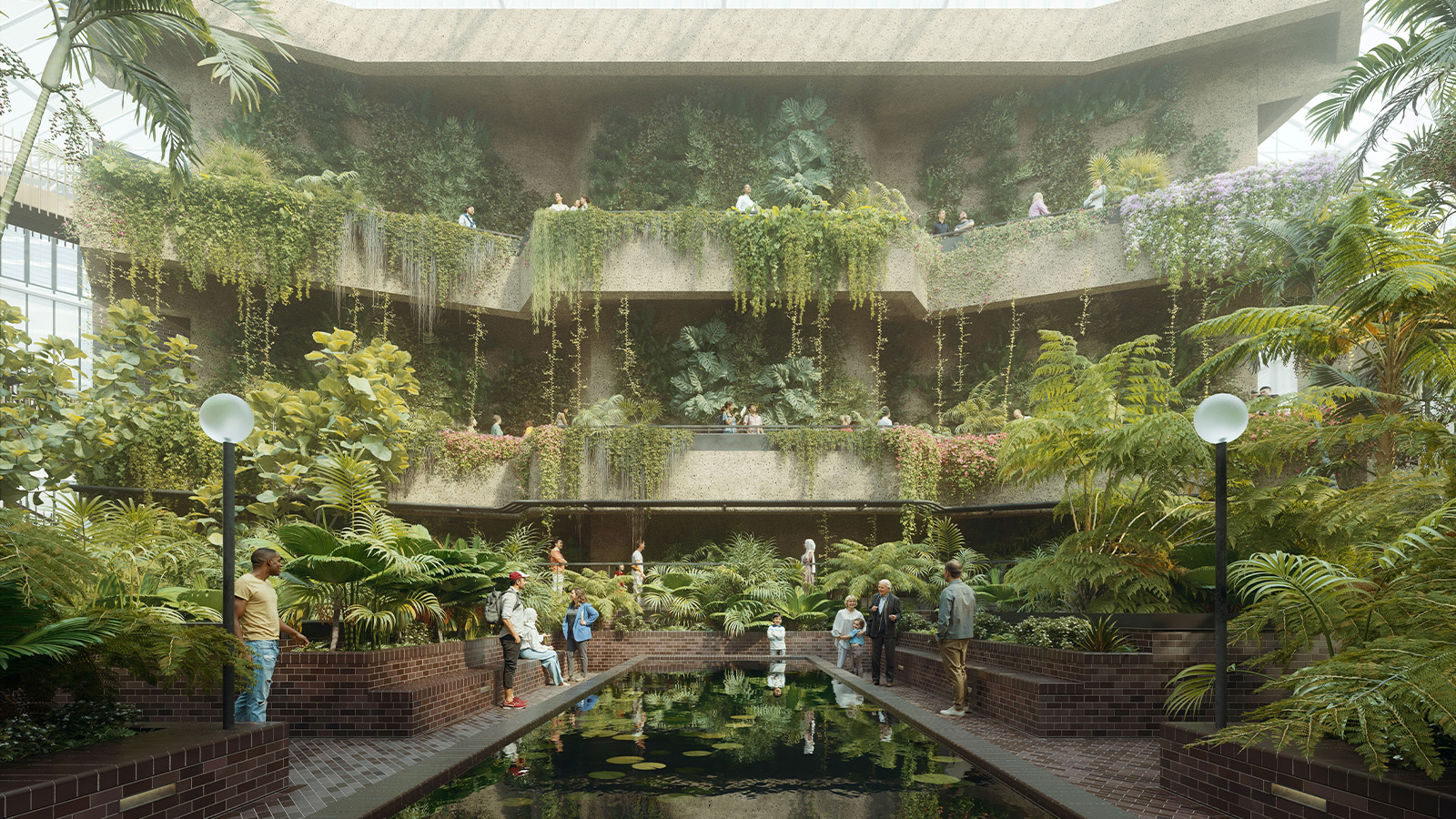 The Barbican is undergoing a huge revamp. Here’s what we know
The Barbican is undergoing a huge revamp. Here’s what we knowThe Barbican Centre is set to close in June 2028 for a year as part of a huge restoration plan to future-proof the brutalist Grade II-listed site
-
 Out of office: The Wallpaper* editors’ picks of the week
Out of office: The Wallpaper* editors’ picks of the weekIt’s wet, windy and wintry and, this week, the Wallpaper* team craved moments of escape. We found it in memories of the Mediterranean, flavours of Mexico, and immersions in the worlds of music and art
-
 Each mundane object tells a story at Pace’s tribute to the everyday
Each mundane object tells a story at Pace’s tribute to the everydayIn a group exhibition, ‘Monument to the Unimportant’, artists give the seemingly insignificant – from discarded clothes to weeds in cracks – a longer look
-
 Out of office: The Wallpaper* editors’ picks of the week
Out of office: The Wallpaper* editors’ picks of the weekThis week, the Wallpaper* team had its finger on the pulse of architecture, interiors and fashion – while also scooping the latest on the Radiohead reunion and London’s buzziest pizza
-
 Out of office: The Wallpaper* editors’ picks of the week
Out of office: The Wallpaper* editors’ picks of the weekIt’s been a week of escapism: daydreams of Ghana sparked by lively local projects, glimpses of Tokyo on nostalgic film rolls, and a charming foray into the heart of Christmas as the festive season kicks off in earnest
-
 Wes Anderson at the Design Museum celebrates an obsessive attention to detail
Wes Anderson at the Design Museum celebrates an obsessive attention to detail‘Wes Anderson: The Archives’ pays tribute to the American film director’s career – expect props and puppets aplenty in this comprehensive London retrospective
-
 Meet Eva Helene Pade, the emerging artist redefining figurative painting
Meet Eva Helene Pade, the emerging artist redefining figurative paintingPade’s dreamlike figures in a crowd are currently on show at Thaddaeus Ropac London; she tells us about her need ‘to capture movements especially’